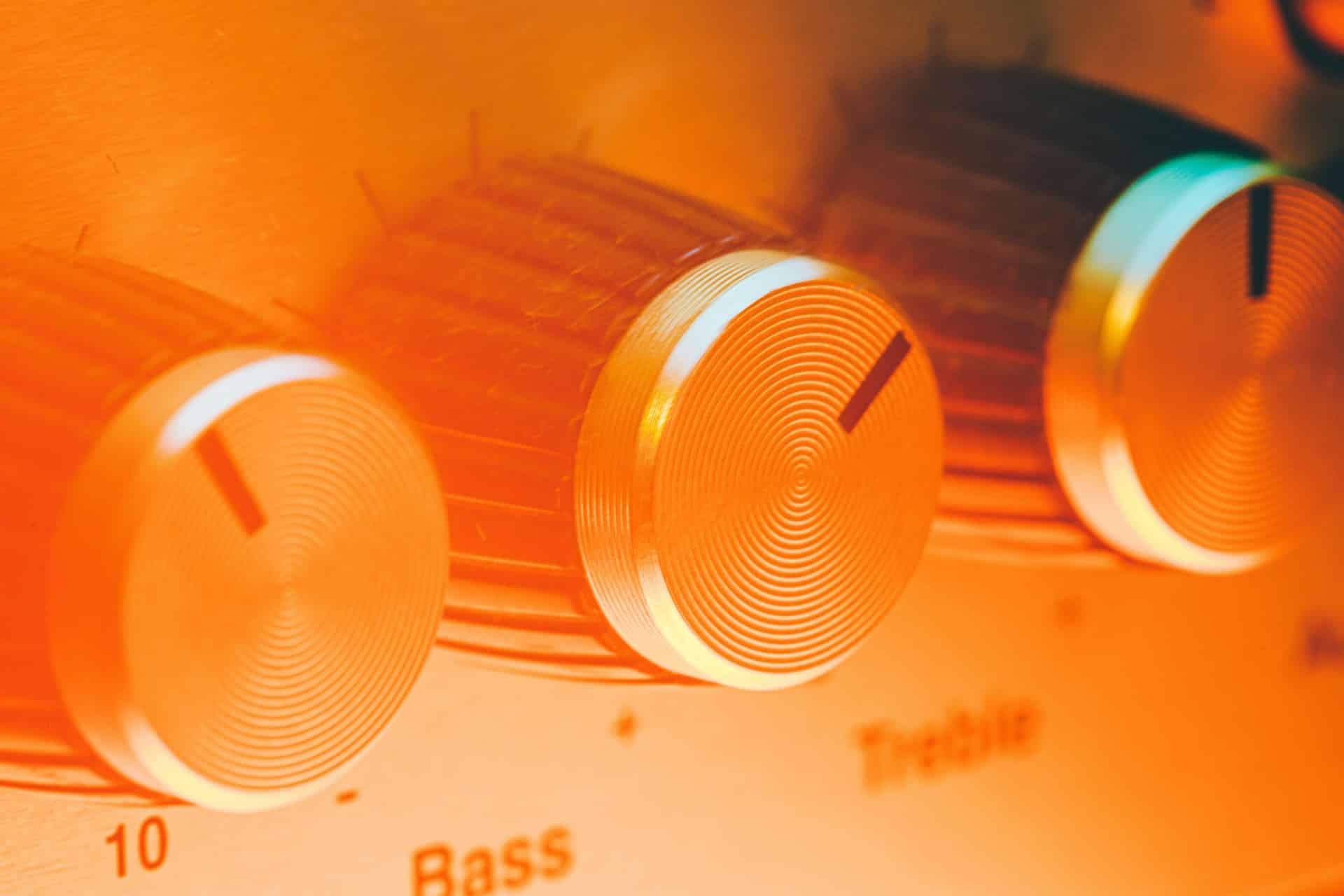How to Wire a Secondary Battery for Audio System Stability in a Custom Car Audio Build?

In the world of custom automotive audio, the power supply is a critical factor that can make or break the system’s performance. Most standard car electrical systems were designed to power the vehicle’s essential functions: driving, control, rear and front lighting, fuel, and basic audio settings. The addition of high-end audio components can place additional demands on the vehicle’s electrical system, causing instability and even a potential safety risk. The solution is integrating a secondary battery into your audio build. This article will guide you through the process of wiring a secondary battery for your custom car audio system.
Understanding the Basics of the Electrical System
Every vehicle features a standard electrical system designed to power the vehicle’s primary functions. The primary power source in your vehicle is the battery, which supplies power to the vehicle’s control systems, lighting, and standard audio.
Lire également : Can You Retrofit a Start-Stop System in an Older Mercedes-Benz E-Class to Save Fuel?
The electrical system’s capacity is determined by the alternator, a generator that replenishes the battery’s power while the vehicle is running. Most alternators are designed to output enough current to power the vehicle’s standard features and maintain the battery at a full charge.
However, when you introduce high-powered audio equipment like subwoofers, amplifiers, or custom speakers, you can quickly exceed the capacity of your vehicle’s alternator. When this happens, your audio system will start to draw power from the battery, which can lead to system instability and even damage to your vehicle’s electrical system.
En parallèle : D7 visa in Portugal: why are more and more people choosing this option ?
The Role of a Secondary Battery
A secondary battery is an additional power source installed in your vehicle, usually in the rear or the boot, to provide power specifically for your audio system. This allows your audio system to draw power from this secondary source, instead of draining your vehicle’s primary battery.
When your vehicle is running, the alternator will charge both batteries. However, when your vehicle is off, your audio system will only drain power from the secondary battery. This ensures your primary battery retains enough power to start your vehicle and power its essential functions.
Choosing the Right Secondary Battery
When selecting a secondary battery for your custom car audio system, you will need to consider several factors. The first is the battery’s capacity, which is measured in ampere-hours (Ah). A higher Ah rating means the battery can supply more power for a longer period.
Secondly, consider the battery’s resilience to deep discharging. Standard car batteries are not designed to be deeply discharged regularly, and doing so could damage the battery. Instead, opt for a deep-cycle battery, which is designed to be discharged and recharged repeatedly without damage.
Wiring Your Secondary Battery
When wiring your secondary battery, you’ll need to connect it to the alternator to allow it to recharge. This is typically done by connecting the secondary battery to the primary battery, using a heavy-duty power cable.
Start by connecting one end of the cable to the positive terminal of your primary battery. Run the cable to the location of your secondary battery, ensuring it is secure and protected. Connect the other end of the cable to the positive terminal of your secondary battery.
Next, connect a ground cable from the negative terminal of the secondary battery to a solid, unpainted metal part of the vehicle’s frame. This will complete the circuit and allow the secondary battery to charge when the vehicle is running.
Installing a Battery Isolator
Finally, you will need to install a battery isolator. This device ensures that your audio system only drains power from the secondary battery when the vehicle is off. This protects your primary battery and ensures it always retains enough power to start your vehicle and power its control systems.
The battery isolator is installed between the primary and secondary battery, usually near the primary battery. It allows the alternator to charge both batteries when the vehicle is running, but disconnects the primary battery when the vehicle is off.
In conclusion, the installation of a secondary battery in your vehicle for your audio system requires careful planning and consideration. By following the steps outlined above, you can enjoy a high-quality audio experience without risking system instability or safety issues. Remember to always consult a professional if you’re unsure about any aspect of the installation process.
Maximizing Fuel Efficiency with a Secondary Battery
As you plan the pricing of your custom car audio build, always bear in mind that your vehicle’s fuel efficiency should never be compromised. While enjoying the pleasures of a high-quality audio system, you should also consider the impact on your driving fuel consumption.
Introducing a secondary battery to your audio system can help balance the system’s power demand and contribute to better fuel efficiency. This is because the primary battery and alternator would not have to work overtime to supply power to your audio system, which could otherwise lead to increased fuel consumption.
An additional battery also ensures that the power demand for the audio system doesn’t affect other essential functions of the vehicle, such as the front and rear lighting, and the second row features. This way, the power supply is balanced, and the general performance of your vehicle isn’t hampered.
Consider the curb weight of your vehicle when choosing the right secondary battery. A heavier battery might increase the overall weight of the vehicle, which could lead to more rolling resistance and consequently higher fuel consumption. So, while choosing a battery with a higher ampere-hour (Ah) rating for longer power supply, also consider its weight.
In addition, consider the potential tire noise that could come from a heavier vehicle. A quality audio experience is not just about the sound coming from the speakers, but it also involves reducing unnecessary noise.
Lastly, remember that although enhancing your audio system with a secondary battery can contribute to fuel efficiency, adopting good driving habits is also key to achieving optimal efficiency combined with an excellent audio experience.
Ensuring a Seamless Experience with Optional Features
In addition to the necessary steps involved in wiring a secondary battery for your audio system, there are optional features you can consider for a seamless experience.
For instance, installing an on-board battery charger will ensure your secondary battery is always charged and ready to power your audio system. This can be particularly useful if your car remains idle for long periods or if you engage in mostly urban driving where the alternator may not have enough time to fully charge the secondary battery.
Another optional feature to consider is a battery monitor. This device will keep track of your secondary battery’s health, notifying you when it needs to be charged or replaced. This proactive approach prevents sudden failures and enhances the longevity of your battery.
If your car is a Lincoln model or any other vehicle with a luxurious interior, you might want to consider customizing the battery and its housing to match your car’s interior. This could involve choosing a battery with a painted aluminum casing or a specially designed cover.
Last but not least, consider installing a voltmeter on your dashboard. This device will allow you to monitor the voltage levels of both batteries in real-time from the comfort of your steering wheel. This will give you peace of mind, knowing that everything is functioning correctly.
Finally, remember that the importance of your secondary battery goes beyond providing power for your audio system; it offers the dual function of enhancing your driving experience and protecting your vehicle’s electrical system. Therefore, it is crucial to invest time in finding the right battery and carefully following the installation process.
In conclusion, your secondary battery serves as a bridge between your love for quality audio and the health of your vehicle’s electrical system. By carefully considering the factors mentioned above, you can be sure to make a choice that will maximize your enjoyment while also ensuring the longevity and efficiency of your vehicle. Always remember, when in doubt, to consult a professional. This will save you from unnecessary costs and ensure a safe and proper installation. Happy driving and enjoy your tunes!
